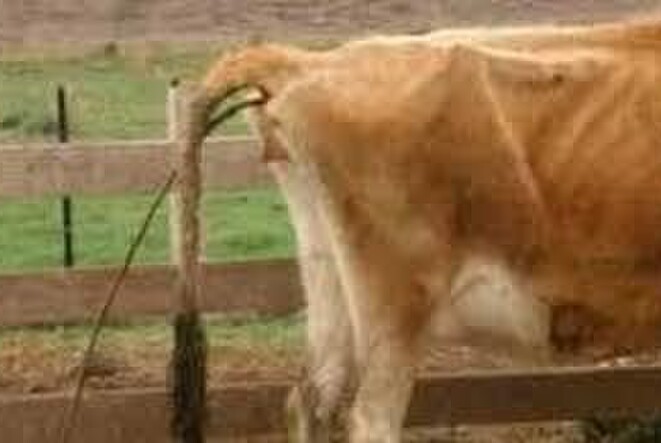Johne’s Disease is caused by the bacterium Mycobacterium avium subspecies paratuberculosis, which causes thickening of the intestines, preventing them from uptaking nutrients. This results in the classic presentation of a chronically scouring poorly conditioned cow. However, these cows are just the tip of the iceberg - for every clinical case, there will be 10 - 20 subclinical cows, who can still spread the disease. The disease as a long latent period and usually 5-8 year old animals are affected - if a high proportion of your 1st and 2nd calvers are clinically affected, this indicates a massive exposure and there are likely many shedders in the herd. The disease is widespread across the country, with approximately 60% of herds affected, resulting in a $44-88 million production cost to the economy per year. Without control, the number of affected animals in the herd will double in 10 years. The bacteria is intermittently shed so testing can be hard. A sample of effluent is the simplest way to determine if the disease is present on the farm, however, to identify which animals are shedders individual testing needs to be done. If you herd test, adding in a Johne’s milk test is an easy way to classify an animal as a high positive, positive, suspect or negative. Follow up blood tests are required for positive animals to confirm. Management of the disease is multi-factorial. The vaccine cross-reacts with TB testing so it is not useful. The bacteria is spread mainly via the oral-faecal route and can live for 18 months in the soil. Testing and culling (even those not showing clinical signs) is a cornerstone. Biosecurity is vital for many diseases - Johne’s is no exception so testing incoming animals should be performed. Youngstock is most at risk so preventing them from coming in contact with faeces from the herd is vital. Avoid effluent paddocks or keeping them near the shed, ideally sending them away from the milking platform to a run-off not grazed by any other stock. Calving is a high-risk time - even a spoon of faeces being ingested by the calf during the birthing process is enough to infect. The disease can be transmitted via milk, so frequent pickups will prevent too much suckling; only feed calves colostrum from negative cows. Even transmission across the placenta is possible so don’t keep replacements out of positive cows - consider mating them to a terminal sire. Unfortunately, the goal of being 100% Johne’s free is very hard, if not impossible, given how widespread and multifactorial it is. However, testing and putting in an effective management plan can greatly reduce shedding, resulting in less infected and sick animals and better production gains.

